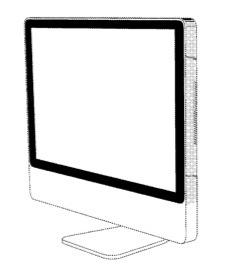Chaos Group has released V-Ray 3.0 for Maya (http://www.v-ray.com/maya/), delivering a new set of features and optimizations focused on speeding up lighting, look development, and rendering workflows.
V-Ray 3.0 for Maya introduces a faster ray tracing core that significantly speeds up a number of calculations for global illumination, lighting, shading and more. For additional speed gains, V-Ray 3.0 also includes an option to enable the Intel Embree ray caster for static and motion-blurred geometry, proxy objects and instances.
V-Ray 3.0 for Maya adds a new Progressive Image Sampler with a range of production features and is compatible with all of V-Ray’s GI algorithms such as irradiance map, light cache, and brute force path tracing. An enhanced V-Ray RT engine renders directly in the Maya Viewport and supports animated sequences as well as final frame rendering.
V-Ray 3.0 optimizes shading and rendering of millions of strands of semi-transparent hair with greater speed and efficiency, according to Kirk Shintani, Head of 3D at Chaos Group. For added detail and realism, V-Ray 3.0 now supports subsurface scattering with object-based and ray traced illumination, and the new VRaySkinMtl skin shader, he adds.
V-Ray 3.0 for Maya is available now. V-Ray 2.0 upgrades start at US$420 and the full workstation license price will be $1,040. Upgrades to V-Ray 3.0 for Maya plus 10 universal render nodes start at $970.


![[MD1] IntraTier Releases Application Server for Visual Basic](https://www.mactech.com/wp-content/themes/Extra/images/post-format-thumb-text.svg)